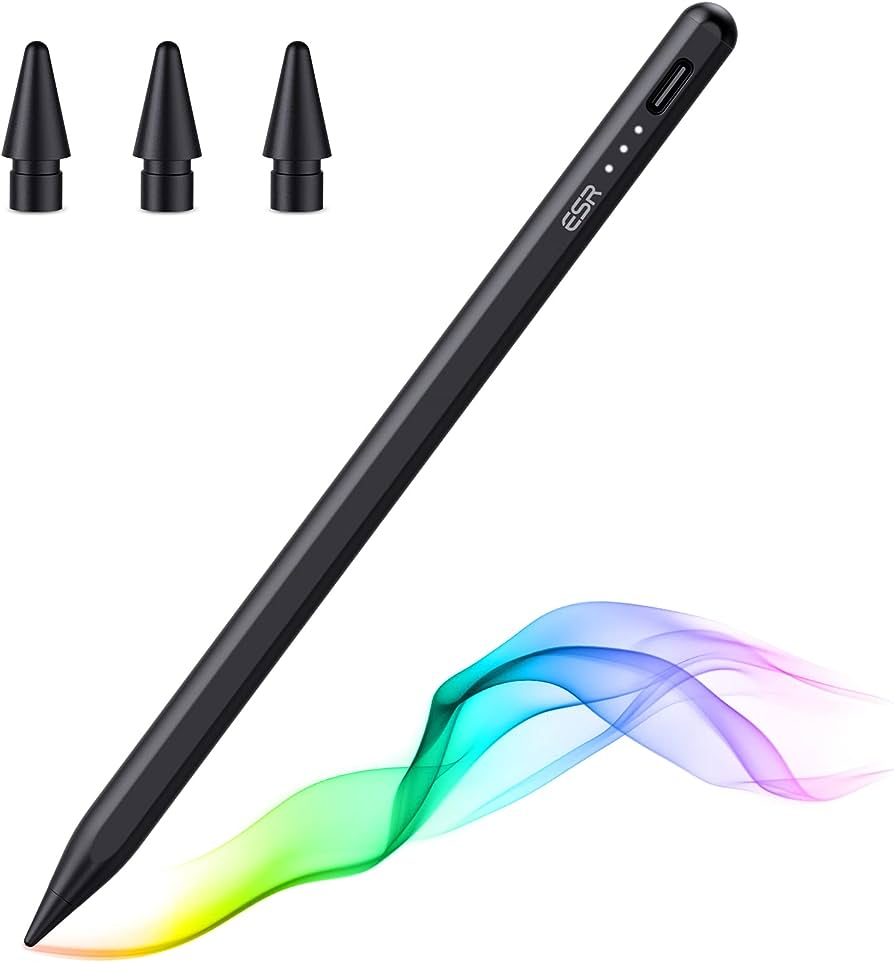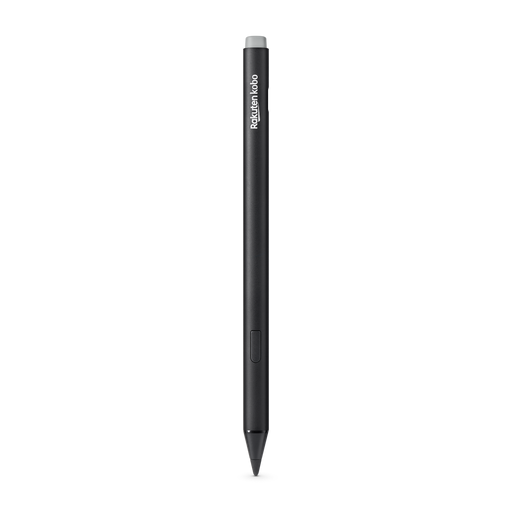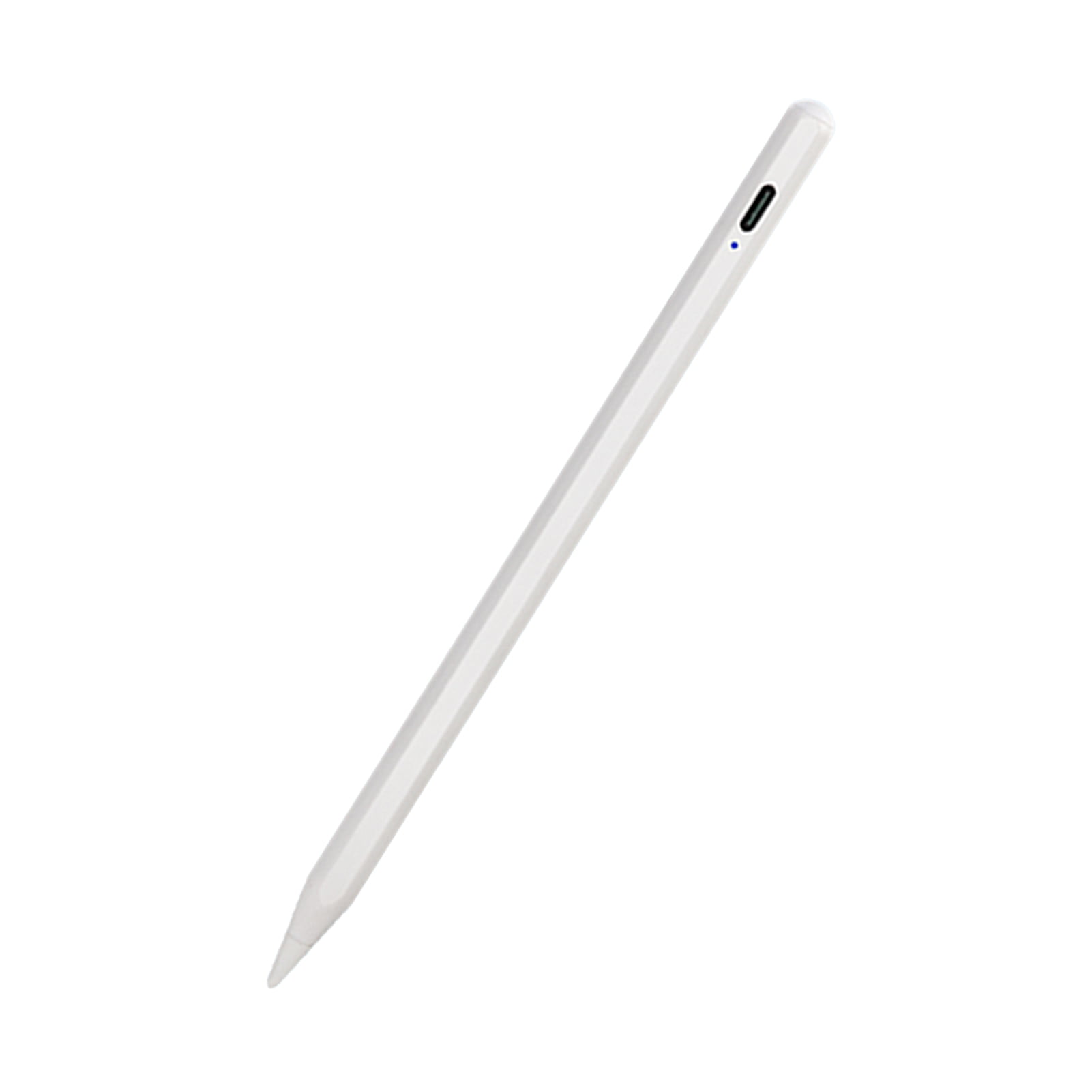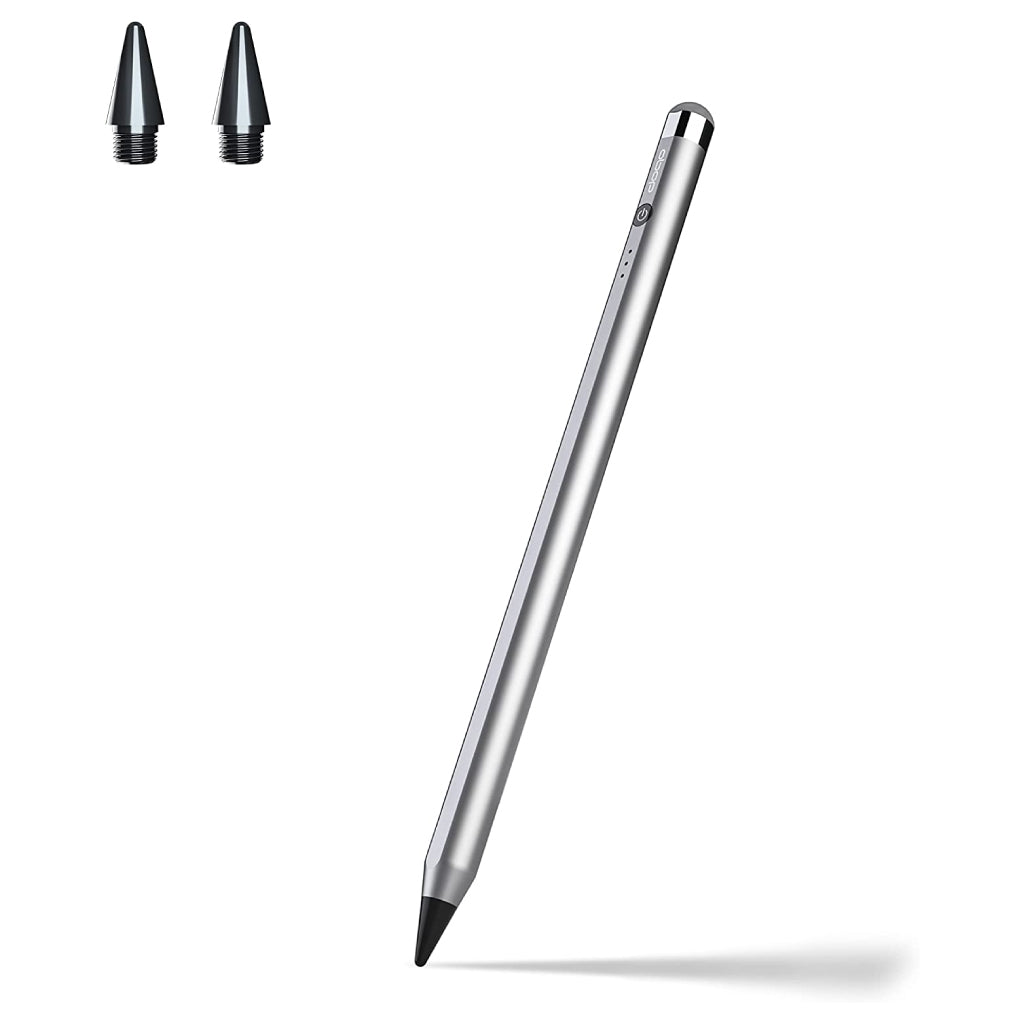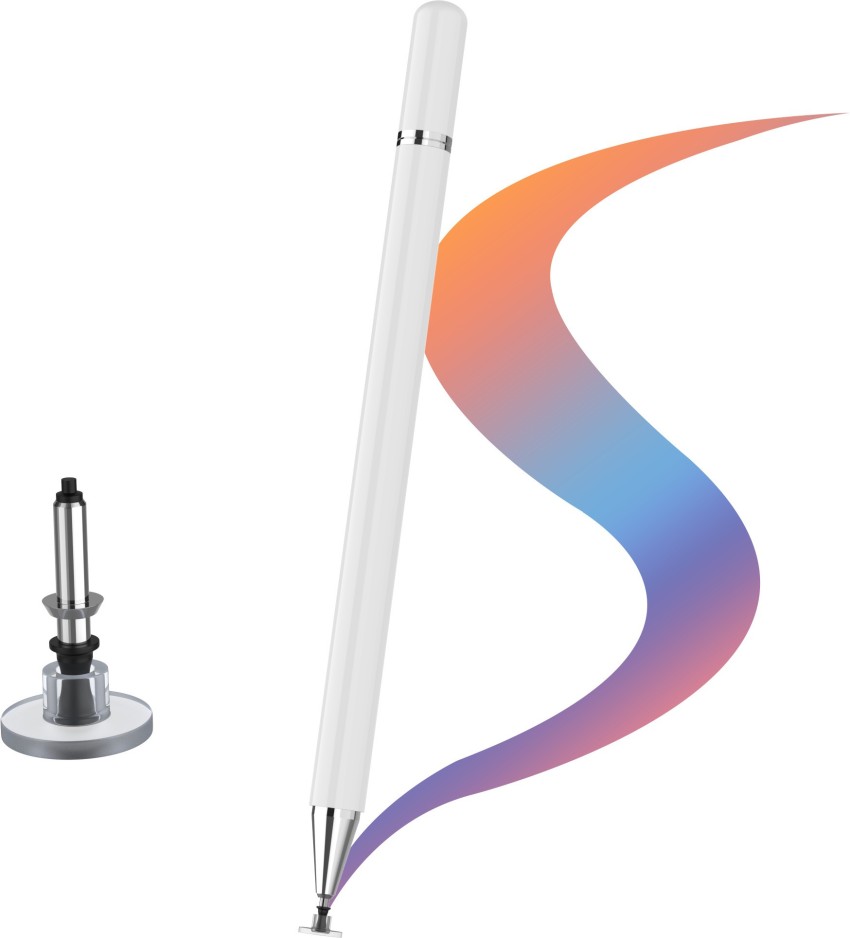Introduction: Unleashing Your Creative Potential with Stylus Pens
In the realm of digital artistry, precision is paramount. Whether you’re a seasoned professional or an aspiring artist, mastering the art of using stylus pens can take your creative endeavors to new heights. In this comprehensive guide, we’ll explore everything you need to know about harnessing the power of stylus pens to achieve unparalleled precision in your digital artwork.
Understanding the Anatomy of Stylus Pens: The Key to Precision
Stylus pens have become indispensable tools for digital artists, professionals, and everyday users seeking precision and control when interacting with touchscreen devices. To fully appreciate the capabilities of stylus pens, it’s essential to understand their anatomy and the key components that contribute to their functionality. Let’s delve into the anatomy of stylus pens and explore the features that enable precise input and seamless interaction.
1. Tip: The Point of Contact
At the heart of every stylus pen lies the tip, which serves as the point of contact between the pen and the touchscreen surface. Stylus tips are typically made from materials such as rubber, silicone, or conductive fibers that mimic the touch of a finger while offering greater precision. Fine-tip stylus pens are especially popular among digital artists and note-takers, as they allow for precise line work and handwriting without sacrificing sensitivity or responsiveness.
2. Barrel: Ergonomic Comfort
The barrel of a stylus pen refers to its main body, which houses the internal components and provides a comfortable grip for the user. Stylus pens come in various shapes and sizes, with some featuring ergonomic contours or textured surfaces to enhance comfort and prevent fatigue during prolonged use. The barrel may also incorporate additional features such as buttons or customizable controls, allowing users to perform actions such as right-clicking, erasing, or switching between tools with ease.
3. Pressure Sensitivity: Mimicking Traditional Tools
Many stylus pens are equipped with pressure-sensitive technology, which allows them to detect varying levels of pressure applied to the tip. This feature mimics the natural feel of traditional drawing and writing tools, such as pens and pencils, by enabling users to control line thickness, opacity, and shading based on the pressure exerted. Pressure-sensitive stylus pens are highly prized by digital artists for their ability to capture nuanced brush strokes and create dynamic, expressive artwork.
4. Tilt Recognition: Enhancing Artistic Expression
In addition to pressure sensitivity, some advanced stylus pens offer tilt recognition technology, which detects the angle at which the pen is held relative to the touchscreen surface. Tilt recognition enables users to achieve more natural and expressive drawing techniques, such as shading, blending, and varying line widths based on the angle of the stylus. This feature enhances artistic freedom and allows for greater creativity and precision in digital artwork.
5. Connectivity: Wired vs. Wireless
Stylus pens can be categorized based on their connectivity options, which include both wired and wireless variants. Wired stylus pens typically connect to the device via a physical cable or adapter, providing a direct and reliable connection for seamless input. Wireless stylus pens, on the other hand, utilize Bluetooth technology to establish a wireless connection with the device, offering greater flexibility and freedom of movement. Wireless stylus pens are particularly popular among users who prefer untethered operation and convenience.
6. Compatibility: Universality vs. Specificity
When choosing a stylus pen, it’s essential to consider its compatibility with your device’s touchscreen technology. While many stylus pens are designed to work with a wide range of touchscreen devices, including smartphones, tablets, and 2-in-1 laptops, others may be optimized for specific platforms or models. It’s important to verify compatibility with your device to ensure seamless performance and functionality.
7. Additional Features: Versatility and Customization
Depending on the manufacturer and model, stylus pens may offer a variety of additional features and customization options to enhance versatility and user experience. These may include interchangeable tips for different drawing techniques, programmable buttons for customizable shortcuts, built-in palm rejection technology to prevent accidental inputs, and compatibility with specialized software applications for digital art and note-taking.
Choosing the Right Stylus Pen: Finding Your Perfect Match
Not all stylus pens are created equal, and choosing the right one can significantly impact your ability to achieve precision in your artwork. Factors to consider include pressure sensitivity, compatibility with your device, ergonomic design, and additional features such as tilt recognition and customizable buttons. By selecting a stylus pen that aligns with your artistic needs and preferences, you can optimize your workflow and unleash your creative potential with precision and accuracy.
Mastering Pressure Sensitivity: Controlling Your Brush Strokes
Pressure sensitivity is a hallmark feature of stylus pens, allowing artists to control the thickness and opacity of their brush strokes with varying levels of pressure. Understanding how to leverage pressure sensitivity effectively is essential for achieving nuanced and expressive artwork. Experimenting with different pressure levels, brush settings, and drawing techniques will enable you to master this fundamental aspect of precision in digital artistry.
Harnessing Tilt Recognition: Adding Depth and Dimension
Tilt recognition is a advanced feature found in many stylus pens, enabling artists to simulate the natural angle and orientation of traditional drawing implements such as pencils and brushes. By tilting your stylus pen, you can adjust the shape, texture, and shading of your brush strokes, adding depth and dimension to your artwork with precision and finesse. Learning how to harness tilt recognition effectively will elevate your digital artistry to new heights.
Customizing Shortcut Buttons: Streamlining Your Workflow
Many stylus pens come equipped with customizable shortcut buttons that allow you to access frequently used tools and commands with ease. By mapping these buttons to your preferred functions, you can streamline your workflow and navigate your drawing software with efficiency and precision. Whether it’s switching between brush presets, adjusting brush size, or toggling between layers, customizing shortcut buttons empowers you to work faster and more intuitively, enhancing your ability to achieve precise and polished artwork.
Exploring Advanced Techniques: Pushing the Boundaries of Precision
Beyond the basics, there are countless advanced techniques and strategies for achieving precision in digital artistry with stylus pens. From mastering the art of lineart and cross-hatching to experimenting with layering, masking, and blending modes, the possibilities are endless. By continuously honing your skills, pushing the boundaries of your creativity, and exploring new techniques, you can refine your craft and achieve ever greater levels of precision and mastery in your artwork.
Seeking Inspiration and Feedback: Growing as an Artist
Seeking inspiration and feedback is essential for personal and artistic growth. Here are some strategies to help you grow as an artist through inspiration and feedback:
Engage with Online Communities
Join online forums, social media groups, and art communities where you can connect with fellow artists, share your work, and seek inspiration from others. Platforms like DeviantArt, Reddit’s r/Art, and ArtStation are great places to start.
Attend Workshops and Tutorials
Look for workshops, webinars, and online tutorials hosted by experienced artists in your field. Participating in these sessions can provide valuable insights, tips, and techniques to improve your skills and expand your creative repertoire.
Seek Mentorship
Consider finding a mentor or seeking guidance from experienced artists who can offer personalized feedback, advice, and support. Building a mentorship relationship can provide valuable mentorship and help accelerate your artistic growth.
Participate in Collaborative Projects
Collaborating with other artists on joint projects or creative challenges can be an excellent way to exchange ideas, learn new techniques, and gain exposure. Look for collaborative opportunities in your local community or online platforms.
Attend Art Exhibitions and Events
Explore art galleries, exhibitions, and events in your area to immerse yourself in the creative community and draw inspiration from a diverse range of artistic styles and perspectives.
Seek Constructive Criticism
Don’t be afraid to solicit feedback on your artwork from peers, mentors, and online communities. Constructive criticism can provide valuable insights into areas for improvement and help you refine your skills.
Experiment and Push Your Boundaries
Challenge yourself to step out of your comfort zone, experiment with new mediums, techniques, and styles, and continuously push the boundaries of your creativity. Embrace failure as a learning opportunity and use it to fuel your growth as an artist.
Remember that growth as an artist is a continuous journey, and seeking inspiration and feedback is an integral part of that process. Stay open-minded, be receptive to feedback, and never stop exploring and learning from the world around you.
Conclusion: Embracing Precision in Your Digital Artistry Journey
Mastering precision in digital artistry is a journey of exploration, experimentation, and continuous learning. By understanding the anatomy of stylus pens, choosing the right tools, mastering pressure sensitivity and tilt recognition, customizing shortcut buttons, exploring advanced techniques, and seeking inspiration and feedback from the artistic community, you can unlock new levels of creativity and achieve unparalleled precision in your artwork. So pick up your stylus pen, embrace the challenge, and embark on a journey of artistic discovery and mastery that knows no bounds.
